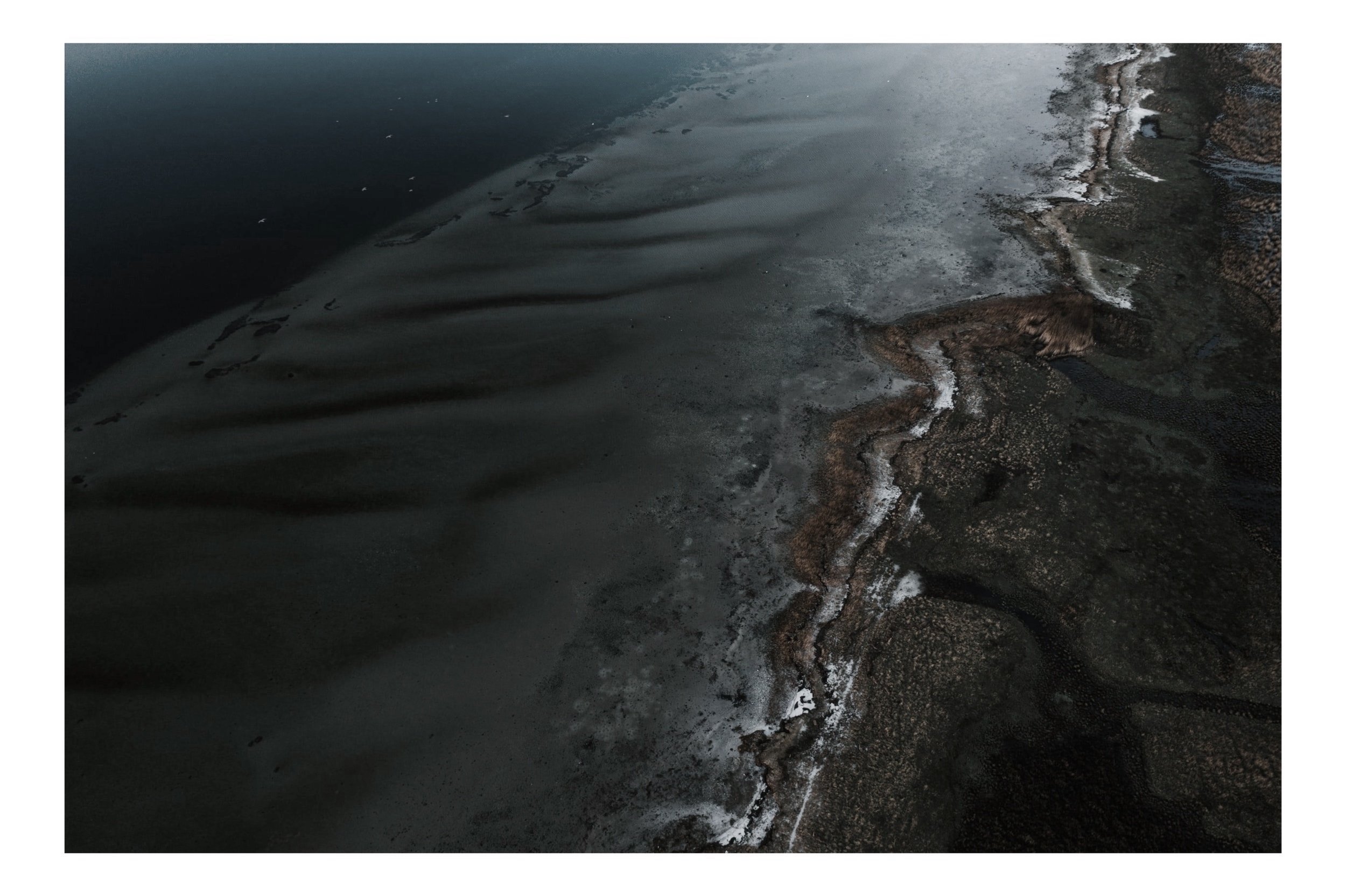
Elucidating microbial community dynamics in complex ecosystems
The Deepwater Horizon (DWH) oil spill, one of the largest accidental oil spills in history, had devastating impacts on vast areas of the open ocean, deep sea and coastal ecosystems. Complexity in modeling the deep-sea plume dynamics (1500m below sea level) made it difficult to track the transport and fate of the oil.
Hundreds of millions of liters of petroleum hydrocarbons enter the environment every year as a result of natural oil seeps or anthropogenic activities and accidents. Biodegradation mediated by a complex network of microorganisms and their interactions with their physicochemical environment ultimately dictate the fate of these hydrocarbons.
Most of these interactions remain elusive due to the limitations of traditional, culture-based or 16S approaches to study microbial activities in-situ, but integration of multi-omic techniques with flow dynamics/transport processes can help untangle these elusive interactions.
-
Genome-resolved metagenomics for mining the "unseen majority"
“Candidatus Macondimonas diazotrophica”, a novel gammaproteobacterial genus dominating crude-oil-contaminated coastal sediments
-
Microbial community structure and function in coastal ecosystems
Systems approach that incorporates microbiological, biogeochemical and transport data to predict ecosystem recovery patterns in oil impacted environments
-
The Crude-Oil Microbiome project
Documenting the diversity and ecology of oil degrading microbes on a global scale
An interactive and searchable database with in-situ physicochemical data added as a layer to facilitate a better understanding of the interactions among microbes and their chemical environment that control the fate of spilled oil
-
Developing biomarkers to screen for oil degradation potential
Ecological diversity of alkane monooxygenase (alkB) genes in natural and engineered ecosystems